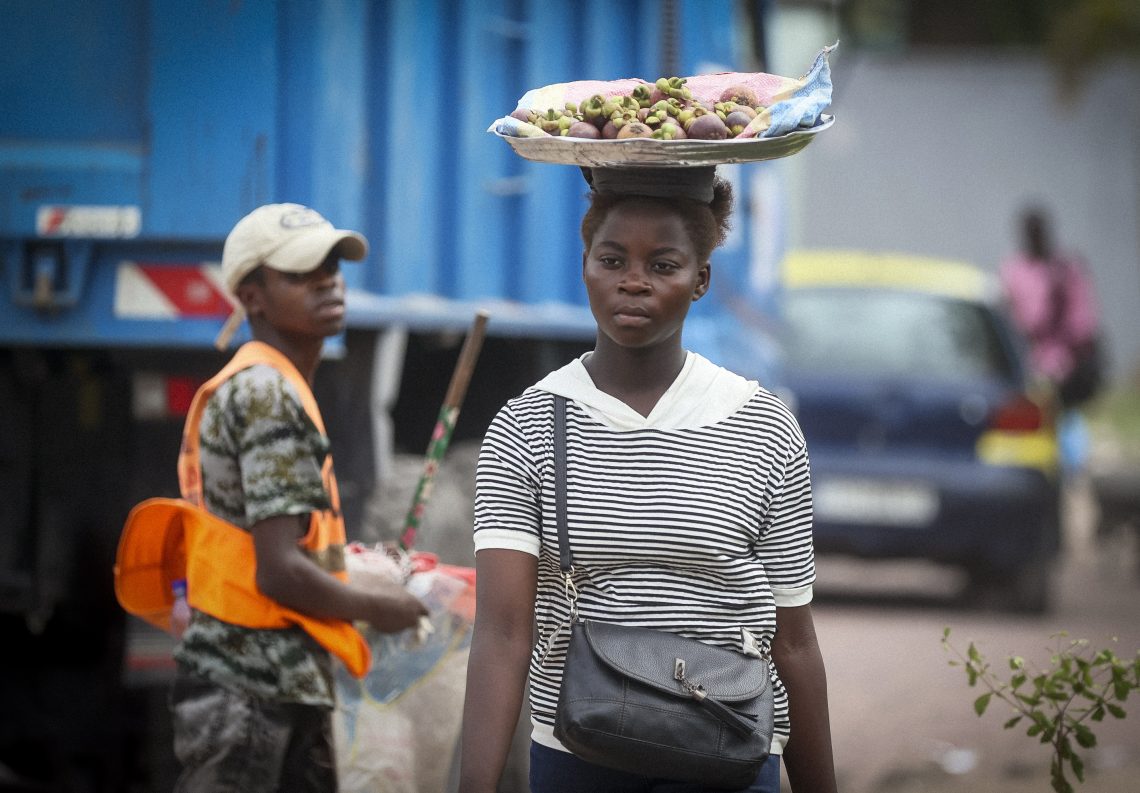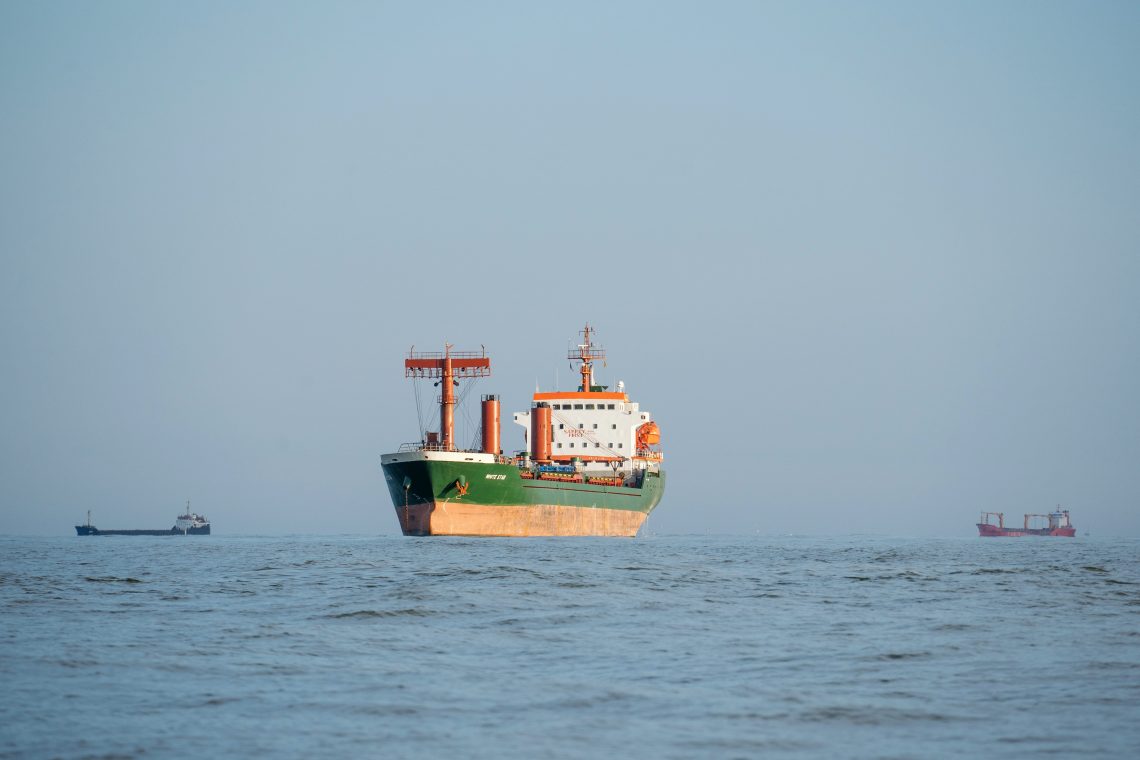Russia’s war exacerbates turmoil in fragile sub-Saharan Africa
As the conflict between top agricultural exporters Russia and Ukraine drives up food and fertilizer prices, this poor and populous region of Africa fears rising hunger.

In a nutshell
- Extensive poverty leaves Africa extremely vulnerable to price hikes
- Rising fuel and fertilizer costs are hitting domestic food producers hard
- People are changing their dietary habits, reducing consumption
Assessments of the economic consequences of the war in Ukraine have focused mostly on the turmoil in energy markets. While less scrutinized, the conflict also disrupted the global market for grains and fertilizers. The consequences will likely be prolonged and inflict the greatest harm on poor countries.
According to the Food Price Index of the United Nations Food and Agriculture Organization (FAO), cereal prices are at all-time highs. Between 2019 and March 2022, cereal and fertilizer prices rose by 48 and 35 percent, respectively. From a global perspective, the trends suggest that commodity wars will shape the near future. This prospect is particularly harmful to sub-Saharan Africa, which is already facing massive demographic challenges, overdependence on imports, economic fragility and political uncertainty. Sub-Saharan Africa comprises most of the continent, with more than 1.1 billion people in 46 nations.
Multiple crises
Behind the spike in grain and fertilizer prices is a combination of factors, including a global health crisis and the economic measures taken to contain it, volatility in the energy market and inflation – all exacerbated by the fallout of Russia’s invasion of Ukraine.
In a region where food accounts for an estimated 40 percent of the consumption basket, inflation has been primarily driven by rising grain prices. Food is a price-inelastic good, which means that price increases do not reduce demand. People must eat. In this context, the effects may be particularly adverse in cities populated by a large share of poor households who depend on unreliable sources of income and have meager savings, making them extremely vulnerable to price shocks.
The current adverse factors will prove more disruptive and likely more long-lasting than the 2008 global food crisis.
The global measures adopted to contain the pandemic – including lockdowns, the disruption of supply chains and energy shocks – have mainly affected the urban poor in Africa. But rising energy, food and fertilizer prices take the biggest toll in rural areas, not only on consumers, but also on producers.
Due to the dependence on imports and high transportation costs, fertilizers are particularly expensive in sub-Saharan Africa. Consequently, low fertilizer use combined with poor soil quality and the absence of advanced technology translate into reduced crop yields and incomes.
Russia and Ukraine produce nearly 30 percent of global wheat exports. According to the FAO, Russia was the leading exporter in 2021 of nitrogen fertilizers, the type most used in the region, and the second-biggest exporter of potassic and phosphorous fertilizers, accounting for 14 percent of global exports.
After the start of the war, the cost of several fertilizers doubled, reaching all-time highs amid rising natural gas prices and concerns about disruptions in production, transportation and sanctions. In February, even before the invasion of Ukraine, Russia had already banned ammonium nitrate exports. Moreover, in the summer of 2021, the Chinese government instructed companies to stop fertilizer exports to ensure adequate domestic supplies.
The current adverse factors will prove more disruptive and likely more long-lasting than the 2008 global food crisis.

Dependency and fragility
Africa is a net food importer. Food insecurity is rising, reflecting poverty, conflict, displacement, low mobility and natural disasters in many nations.
Russia’s war on Ukraine leaves the continent overexposed to grain and fertilizer prices. According to the United Nations Conference on Trade and Development (UNCTAD), between 2018 and 2020, 32 percent of total African wheat imports came from Russia and 12 percent from Ukraine. While countries in North Africa, like Tunisia and Egypt, are dependent, the economic fragility of countries in sub-Saharan Africa increases their vulnerability.
Dependency on grain imports from Russia and Ukraine is higher in East Africa. According to UNCTAD, more than 50 percent of wheat imports in Burundi, Uganda, Rwanda, Tanzania, Sudan and Somalia come from these countries. Moreover, food insecurity across the region was already rising because of the Covid-19 pandemic, conflict in Ethiopia, below-normal rainfall and locusts. Significant increases in wheat prices have been registered in Kenya, Uganda, Mozambique and Cameroon.
In Kenya, where more than 40 percent of consumed wheat comes from the Black Sea region, there have been widespread complaints about rising food prices since February 2022. With presidential elections scheduled for August, virtual protests may move to the streets. In Cameroon, shortages have prompted the government to advise citizens to replace wheat with cassava, a locally produced crop. In Nigeria, food inflation has reached 50 percent.
The urban poor – more likely to consume imported grains – are already feeling the pain. However, unlike during the pandemic, when the urban poor were the most exposed to food inflation, rural communities are now also suffering. They are forced to reduce or give up the use of fertilizers, thus reducing soil productivity.
Moreover, higher oil prices increase transportation costs, a critical dimension for food security. Even oil exporters like Nigeria and Angola will find it difficult to address the immediate effects of food inflation.
Popular protests will likely increase as citizens feel that the social contract is being broken.
One more important aspect to consider: The economic outlook is worsened by a sluggish global recovery, inflation, debt and fiscal imbalances. In practice, this means that governments across the region have little room to maneuver.
Scenarios
The current price spikes are producing shifts across sub-Saharan Africa. Citizens are forced to change their dietary habits – either switching to cheaper and locally produced staples like cassava or sorghum or reducing consumption. Producers are forced to reduce or abandon the use of fertilizers.
The war in Ukraine will decide much. Moscow is aware of its leverage, given that grains, oil and gas are strategic assets. The challenges to a quick replacement of Russian and Ukrainian production mean that a protracted war in Ukraine will have a devastating impact on food security across the globe, especially in sub-Saharan Africa.
Economic, social and political disruptions can be expected.
In semi-authoritarian regimes across the region, popular protests will likely increase as citizens feel that the social contract is being broken. Moreover, instability in North African countries will have profound consequences in sub-Saharan Africa.







